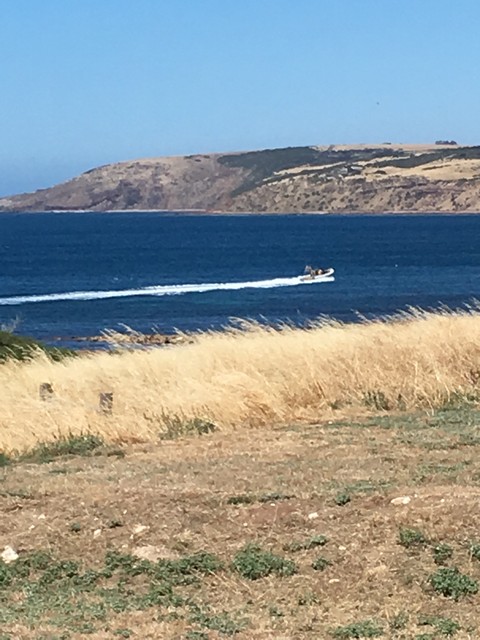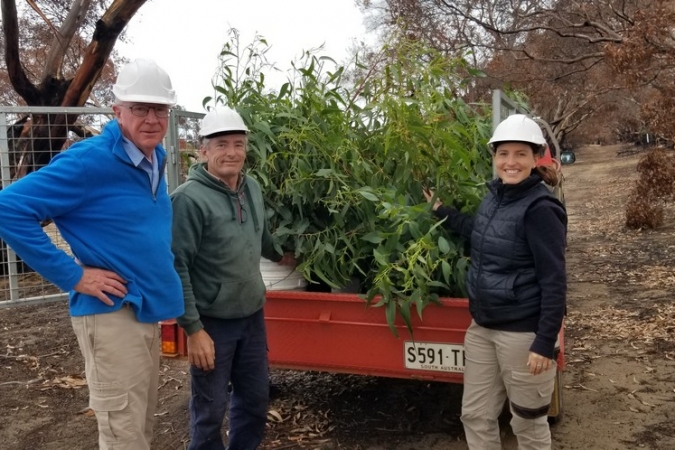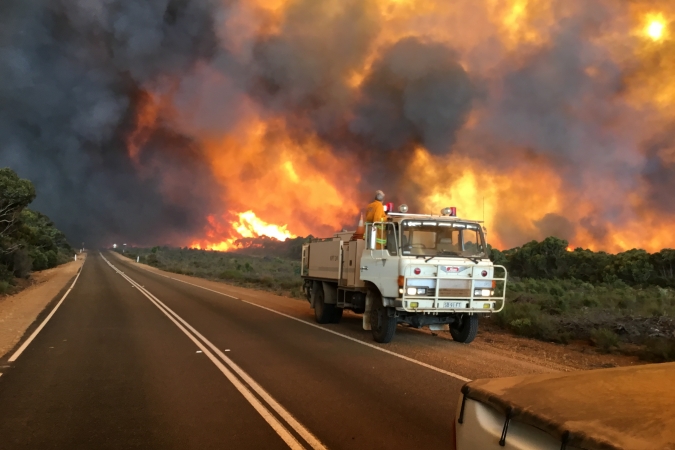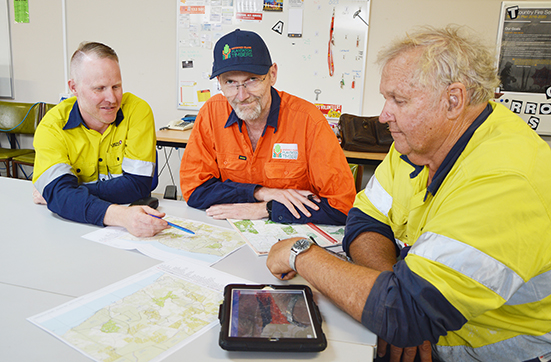Professor debunks Yumbah closure claim

Eminent scientist Professor Anthony Cheshire has said there is no evidence that the Smith Bay wharf and aquaculture could not co-exist in the area.
Prof Cheshire has debunked a report commissioned by Yumbah Aquaculture and prepared by Dr Paul McShane.
“The fundamental issue with the McShane paper is that it assumes, as a foregone conclusion, that the development will have a negative or adverse impact on the Yumbah abalone farm,” Prof Cheshire says.
“In fact, very little of the evidence presented actually supports these arguments and, in many cases, it is apparent that the information being referenced is totally spurious and unrelated to the claims being made.”
Prof Cheshire was formerly the Chief Scientist (Aquatic Sciences) at the South Australian Research and Development Institute, and was Director of Research at SARDI. He has extensive experience advising commercial aquaculture ventures. Prof Cheshire has been appointed as an independent expert by Kangaroo Island Plantation Timbers.
His full report will be part of the Environmental Impact Statement being prepared by KIPT in response to guidelines from the Development Assessment Commission regarding KIPT’s proposed wharf development at Smith Bay.
In mid-2016, KIPT commissioned a program of marine surveys, sediment analysis and hydrodynamic modelling to understand what the real impacts of the development might be, and to address Yumbah’s legitimate concerns.
A requirement of the guidelines is to investigate the composition of the seabed at the site.
KIPT is awaiting a licence from the Minister for Transport so it can complete that work in coming weeks using the resources of Adelaide company Maritime Constructions and its subcontractor’s vessel Freddy G.
“This seabed soil sampling is the crucial piece of work to ensure we can maintain water quality in the bay during construction and operation of the wharf,” KIPT managing director John Sergeant said.
“A water quality monitoring buoy halfway between our berth face and the abalone farm’s intake pipes is measuring turbidity in the water in real-time and this information will form part of our EIS.
“As when we started investigating the seabed in March, we expect to see no effect on turbidity in the bay from our next round of sampling. Turbidity in Smith Bay is predominantly affected by wave energy, as seen in recent storm events,” Mr Sergeant said.
KIPT expects to submit its EIS in six to eight weeks, then it will be released for public consultation by Infrastructure Minister John Rau.


